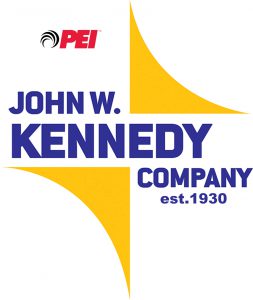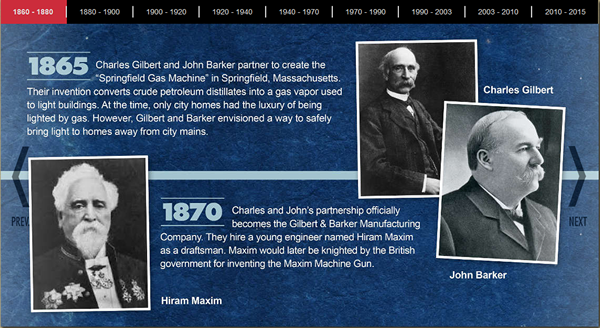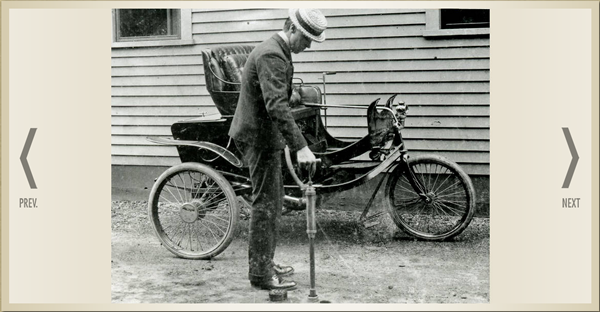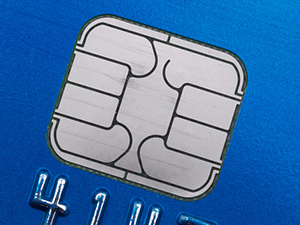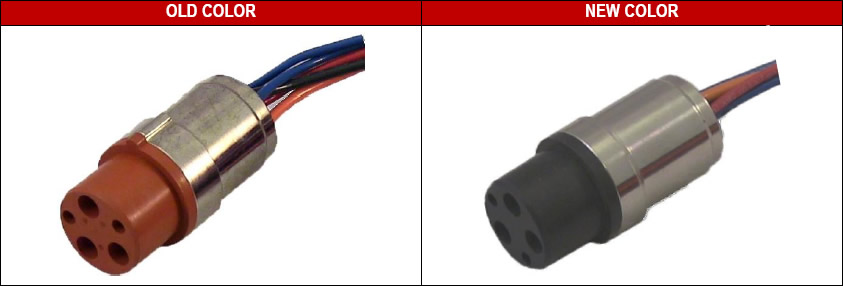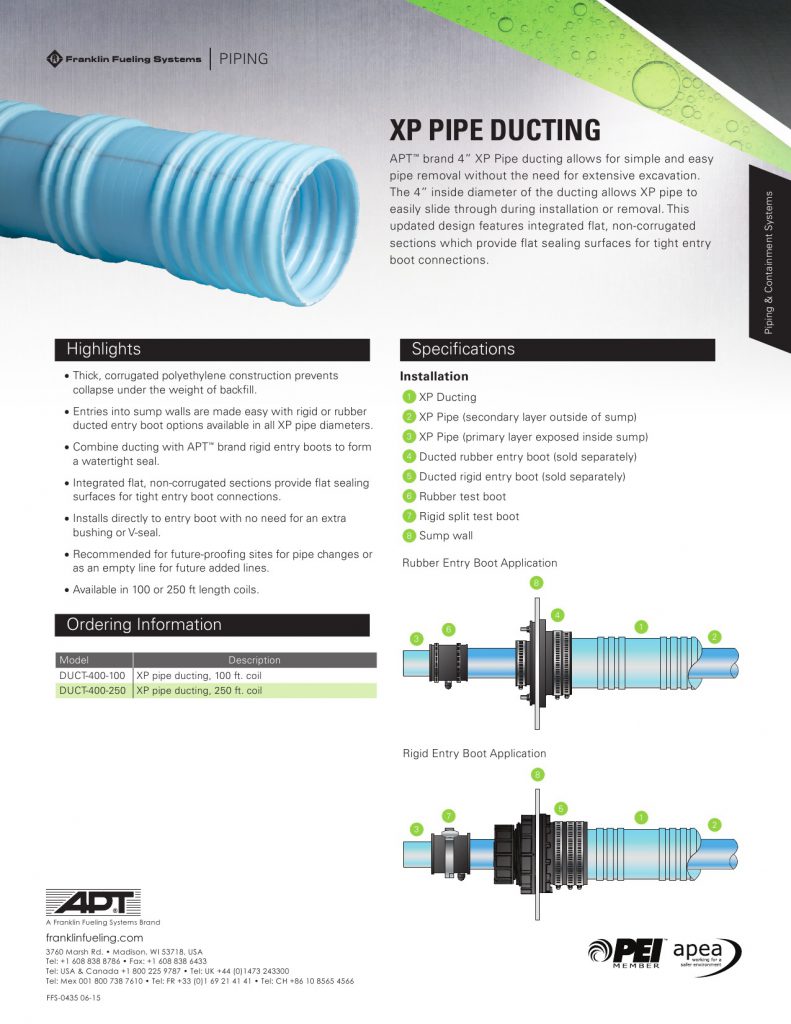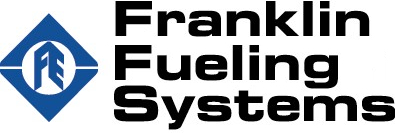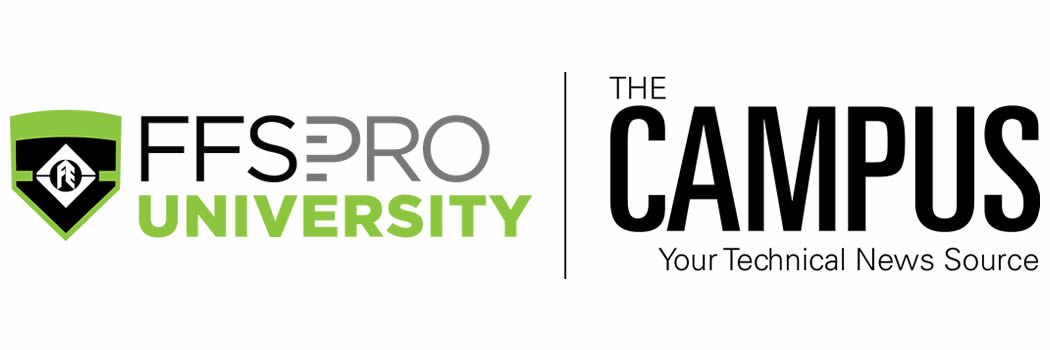
Reproduced from FFS PRO Campus article: https://ffsprocampus.wordpress.com/2016/07/01/common-installer-issues-careless-backfill/
Careless Backfill

In the images seen here, professional contractors carefully followed all of the guidelines to ensure a high quality UPP™ pipework system installation. However, when the time came to add backfill beneath the tank chambers the contractor was less careful. The backfilling knocked the pipe out of position, dislodged spacers and contaminated open entry seals and other fittings with backfill material.To ensure a top-quality installation, UPP® pipework systems should be installed according to the guidelines below and the installation documents referenced at the end of this article:
- Important: Do not use mechanical compactors such as vibrating plates or road rollers around tank chambers and dispenser sumps. Use a manual compactor to compact the backfill around the base of the sump. Do not compact the backfill above the tank chamber base. To prevent the riser from deforming, make sure the tank lid is closed and secured before you back fill the area from the top of the tank chamber base to the top of the riser.
- Acceptable backfill materials for UPP® pipe systems are:
- Well-rounded pea gravel from 3 mm (0.12 inches) to 20 mm (0.79 inches).
- Crushed rock from 3 mm (0.12 inches) to 16 mm (0.63 inches).
- Clean washed sand.
- Acceptable backfill materials for tank chambers are the following Class I and II materials, per ASTM d-2321:
- Class IA materials include angular, open-graded, clean, manufactured aggregate that contain little or no fines such as crushed stone or crushed cinders or shells.
- Class IB materials include angular, dense-graded, clean, processed aggregate such as Class IA materials mixed with sand and gravel to minimize migration.
- Class II materials include clean, coarse-grained soils that contain little or no fines such as gravel, gravel-sand mixtures, and well and poorly graded sands.
- Shovel slicing (cutting the backfill with a shovel) is the recommended way to compact Class I and II materials. To improve compaction, slightly wet the backfill, but do not saturate the material or flood the trench.
- Before an installation, add a 15 cm (6 inch) bed of backfill under the pipes. Make sure the backfill is not contaminated and that there are no voids under or around the pipe.
- If the tank chamber overhangs the tank containment collar, add enough backfill around the underside of the chamber so that it is fully supported.
- If the UPP® pipe exceeds 12 m (39 ft), lay it in a series of large curves not straight lines. (Uncoiled pipe will settle into a natural curve.)
- Make sure pipes are separated from each other by at least the diameter of the largest pipe.
- If pipes cross each other, make sure they are separated by at least as much backfill material as the diameter of the largest pipe or are protected by at least 25 mm (1 inch) of expanded polystyrene.
 Without following the correct procedures the backfill material would then need to be removed from sumps, chambers and open fittings and the pipework levels would need to be reset, with all spacers replaced. This would take a considerable amount of time and delay the installation, with all the associated financial costs that implies. It is important that all parties involved understand the care and attention to detail that go into a smooth and problem-free installation. A simple but careless mistake can have big implications.
Without following the correct procedures the backfill material would then need to be removed from sumps, chambers and open fittings and the pipework levels would need to be reset, with all spacers replaced. This would take a considerable amount of time and delay the installation, with all the associated financial costs that implies. It is important that all parties involved understand the care and attention to detail that go into a smooth and problem-free installation. A simple but careless mistake can have big implications.
Resources:
Technical Bulletin: Backfill Requirements and Specifications: http://www.franklinfueling.com/media/671398/tb0616-03-backfill-requirements-and-specifications.pdf
UPP® Piping Installation Guide Overview, Franklin Fueling Systems http://www.franklinfueling.com/media/381133/408001016-r5-upp-piping-install.pdf
Polyethylene Tank Chamber / Sump Installation, Franklin Fueling Systems http://www.franklinfueling.com/media/344841/408001028-r3-upp-tank-sump-install.pdf
The John W. Kennedy Company appreciates your business and continued support!
